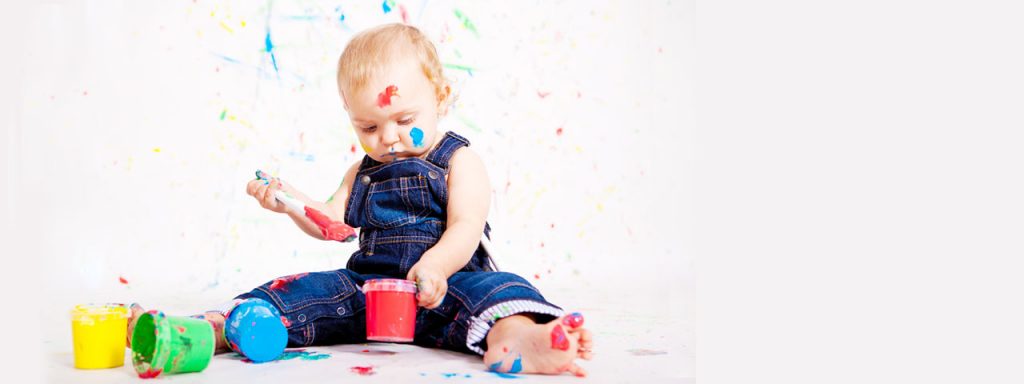Infant eye exams are essential to ensure your baby’s visual development meets their developmental milestones.
Most baby’s eyes are assessed by a neonatologist within a few days after birth.
Undetected vision problems could affect your baby’s abilities to interact with the environment around them and result in learning or reading delays.
Studies show that up to half of all infants in their first 2 years have astigmatism and long-sightedness.
Here are some answers to questions related to babies and their vision.
Q1 Does my baby need an eye exam?
Yes, all babies should have their first eye exam at 6 months of age, even if no visual problems are suspected. The most common vision problems in babies and toddlers are farsightedness and astigmatism.
Up to 5% of all infants have amblyopia (lazy eye) and strabismus (eye turn).
If you are concerned your baby requires eye care contact an eye doctor near you.
SEE RELATED: Should My Child Have An Eye Exam?
Q2 What does my baby see?
When babies open their eyes, their vision is fixed at about 12 inches (30 cm). This allows them to see their mother’s face and learn to recognize the source of their food.
At about six weeks a baby’s eyes should be able to follow objects, at about 1-2 meters away and by four months the eyes should work together.
Over the first year or two, a baby’s vision develops rapidly. A two-year-old typically sees around 20/30 vision, nearly the same as an adult.
Q3 How can I help my baby’s visual development?
There are many things a parent can do to help their baby’s vision develop. The following are a few examples of age-appropriate activities that can help with an infant’s visual development.
From birth to 4 months;
- Place soft toys within your baby’s focus (up to 12 inches)
- Use a dim lamp or nightlight in your baby’s room
- Feed from alternate left and right breasts
- Talk softly from 12-24 inches away
From 5 to 8 months;
- Encourage floor play and exploration
- Use crib mobile for the baby to grab, pull and kick
- Stimulate grabbing and touching soft objects
From 9 to 12 months;
- Encourage crawling and creeping
- Play hide-and-seek games with toys
As a baby’s eyes are constantly changing, it’s important to get their eyes checked at 6 months and again at 2-3 years of age.
If you notice anything unusual, such as an eye turn, it is important to see an optometrist with experience in examining the eyes of babies.
LEARN MORE: Guide to Children’s Eye Exams
Schedule an eye exam with an eye doctor near you who can discuss your baby’s visual development and ensure they are meeting their milestones.


